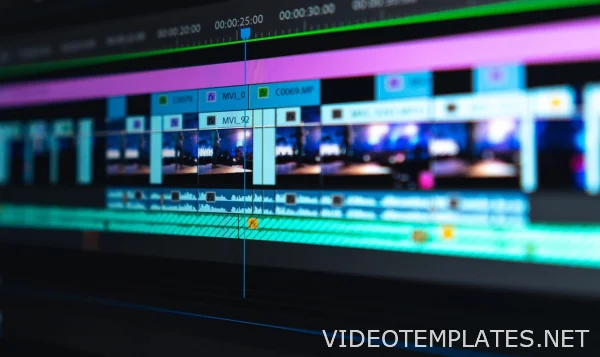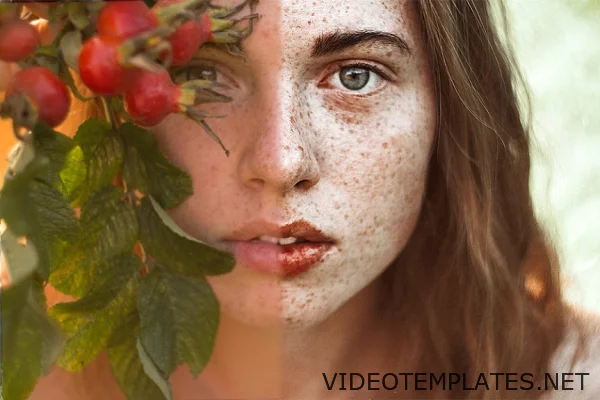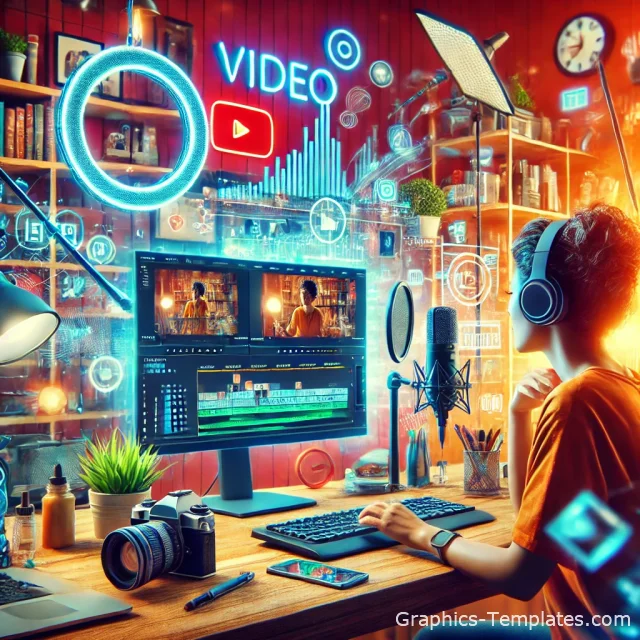Eevee rasterizing in the Blender rendering engine
Category:
Blog

Eevee is Blender's real-time rendering engine focused on speed and interactivity. Using Eevee in interactive 3D viewer mode, you can easily create final renders at the highest level.
Eevee's materials are based on shader nodes, just like Cycles, and this makes rendering the created scenes easier. Anyone familiar with Cycles will find it easy to use Eevee to preview content in real-time.
Eevee is not a ray-traced rendering engine; more specifically, it does not use the process of calculating each ray of light. The mechanics of Eevee are called rasterization, and is the act of assessing how light interacts with objects and materials in a variety of ways. For this reason, the program has a number of limitations, i.e. shortcomings.
The world around us emits light that varies from one solid color to random textures. In Eevee, light emissions are first rendered and stored in lower resolution textures, and then combined with other objects.
Mirror
Effect of the specular light concentration multiplier. With this function, you determine the strength with which a light object will be reflected from mirrored objects. If the indicator is set to 0, the light object will disappear from the specular reflections. For a photorealistic result, use a value of 1.0.
Custom gap
When using this option, the custom fade gap will be set to distance instead of the global light threshold. For quick setup, this gap is calculated automatically. The gap is calculated at the light source and using inverse quadratic decay.
Working with Shadows
Beginning of the clip
Anything situated closer to the light source than the Start of Clip will cast shadows.
Bias
An Offset option is applied to the depth test to reduce self-shading artifacts. This determines how much surface detail will cast a shadow on the object itself. If set to a low value, even small bumps will show shadow.
Contact shadows
are used to eliminate light leakage caused by misalignment. It uses a depth buffer to search for occluders and it has limitations( unknown thickness of the object and fade-out at the edges of the screen).
Recommendation: The range of Contact Shadows should remain short.
Cascading shadow map
The rays of the Sun often illuminate a large scene with objects, regardless of their location (near or far). To optimize the estimation of shadows, the Cascaded Shadow Maps approach is used. The segment between the near and far points of the camera clip is divided into as many equal parts (called cascades) as selected in the Count parameter.
Fade
When Fade is set more than 0, the size of each stage will increase so that adjacent stages overlap. Attenuation is then applied in the overlapping region to ensure a smooth transition between stages To visualize smooth transition lines between object boundaries, attenuation is applied. When using cascades with larger parameters, the available shadow resolution within the cascade is reduced.
As you can see, Eevee has a sufficient number of functions for working with light and its derivatives. This program has a huge number of users. Perhaps you will be next.
Don't forget to visit our category with free addons for Blender - there you can download up-to-date versions of popular tools that will help optimise and make your workspace more efficient.
We also recommend checking out our free 3D models section, which regularly adds models in Blend format that you can download and use in your 3D scenes and projects.
We are trying for you. All our content is free and available without registration.
You follow our news blog and remember, we always try to please you. All our resources are free.
We also recommend checking out our free 3D models section, which regularly adds models in Blend format that you can download and use in your 3D scenes and projects.
We are trying for you. All our content is free and available without registration.
You follow our news blog and remember, we always try to please you. All our resources are free.
Add




